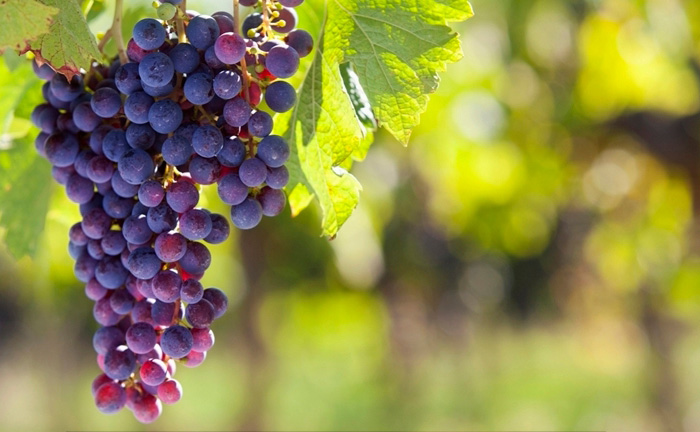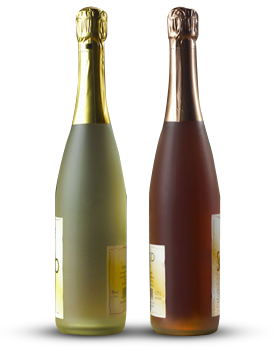

How to Decant Merlot Properly: A Guide to Unlocking Complexity
Posted on by RickieMerlot, with its signature plush texture and notes of dark cherry, plum, and chocolate, is one of the world’s most beloved red wines. While often approachable in its youth, a proper decanting can transform a good bottle of Merlot into a truly great one. Decanting serves two primary purposes: to separate the wine from any sediment and, more importantly, to aerate the wine, allowing it to “breathe” and express its full aromatic and flavor potential. This guide will walk you through the simple yet impactful process of decanting Merlot like a sommelier.
Why Decant Merlot?
Not all Merlots require decanting, but understanding when and why to do it is key.
- Young Merlot (Aged 1-5 years): The primary reason for decanting a young Merlot is aeration. Exposure to oxygen helps soften firm tannins, integrate oak influences, and unlock the wine’s vibrant fruit and secondary aromas, making it smoother and more expressive on the palate.
- Aged Merlot (Aged 8+ years): With older vintages, the goal shifts. These wines often throw sediment—harmless tartrate crystals and phenolic compounds—that can taste bitter and gritty. Decanting carefully separates this sediment from the clear wine. Aeration for an aged Merlot is typically brief, as its complex bouquet can be fragile and dissipate quickly.
What You’ll Need
- One bottle of Merlot
- A decanter (any style will work)
- A light source (a candle or flashlight)
- A corkscrew
The Step-by-Step Decanting Process
Step 1: Stand the Bottle Upright
If you are decanting an older Merlot (8+ years), stand the bottle upright for 24-48 hours before opening. This allows the sediment to settle at the bottom. For young Merlots, this step is unnecessary; you can proceed directly to decanting.
Step 2: Prepare Your Workspace
Have your decanter clean, dry, and within easy reach. For aged wines, position your light source (a candle is traditional, but a bright flashlight is more practical) directly behind the neck of the bottle. This will illuminate the wine as you pour, allowing you to see the sediment.
Step 3: Open and Pour with Confidence
Remove the capsule and cork cleanly. Now, begin pouring the wine into the decanter in a single, steady, and moderate stream. Hold the bottle over the light source. The key is to pour confidently without hesitation, which helps prevent dribbling.
Step 4: Watch for Sediment (For Aged Wines)
As you pour, keep your eyes fixed on the shoulder of the bottle where it meets the neck. The clear wine will flow through the light, but as you near the end, you will see a dark, cloudy trail of sediment begin to approach the neck. The moment you see this, stop pouring. It’s better to leave a small amount of wine with the sediment than to taint the entire decanter.
Step 5: Let it Breathe
Once the wine is in the decanter, the aeration process begins. The wide base of the decanter maximizes the wine’s surface area exposed to air.
- Young, Bold Merlot: Let it breathe for 30 minutes to 2 hours. Taste it every 20-30 minutes to see how it evolves.
- Older, Delicate Merlot: 15-30 minutes is often sufficient. Over-aerating can cause its nuanced aromas to fade.
How Long Should Merlot Breathe?
| Wine Profile | Recommended Decanting Time |
| Young, Inexpensive Merlot | 20 – 45 minutes |
| Young, High-End Merlot (e.g., from Bordeaux or Napa) | 1 – 2+ hours |
| Aged Merlot (8+ years) | 15 – 30 minutes |
Ultimately, the best judge is your own palate. Decanting is not an exact science, but a tool for personal enjoyment.
Conclusion: The Reward of Patience
Decanting Merlot is a simple ritual that pays significant dividends. By taking a few extra minutes to aerate your wine, you encourage it to shed its initial shyness and reveal the depth, harmony, and complexity the winemaker intended. Whether you’re enjoying a casual weeknight bottle or a prized library vintage, proper decanting ensures your Merlot is experienced at its absolute best.
Tags: complexity, Decant, Guide, Merlot, Properly, Unlocking
Copyright © 2025 Top Red Wine All rights reserved. .
